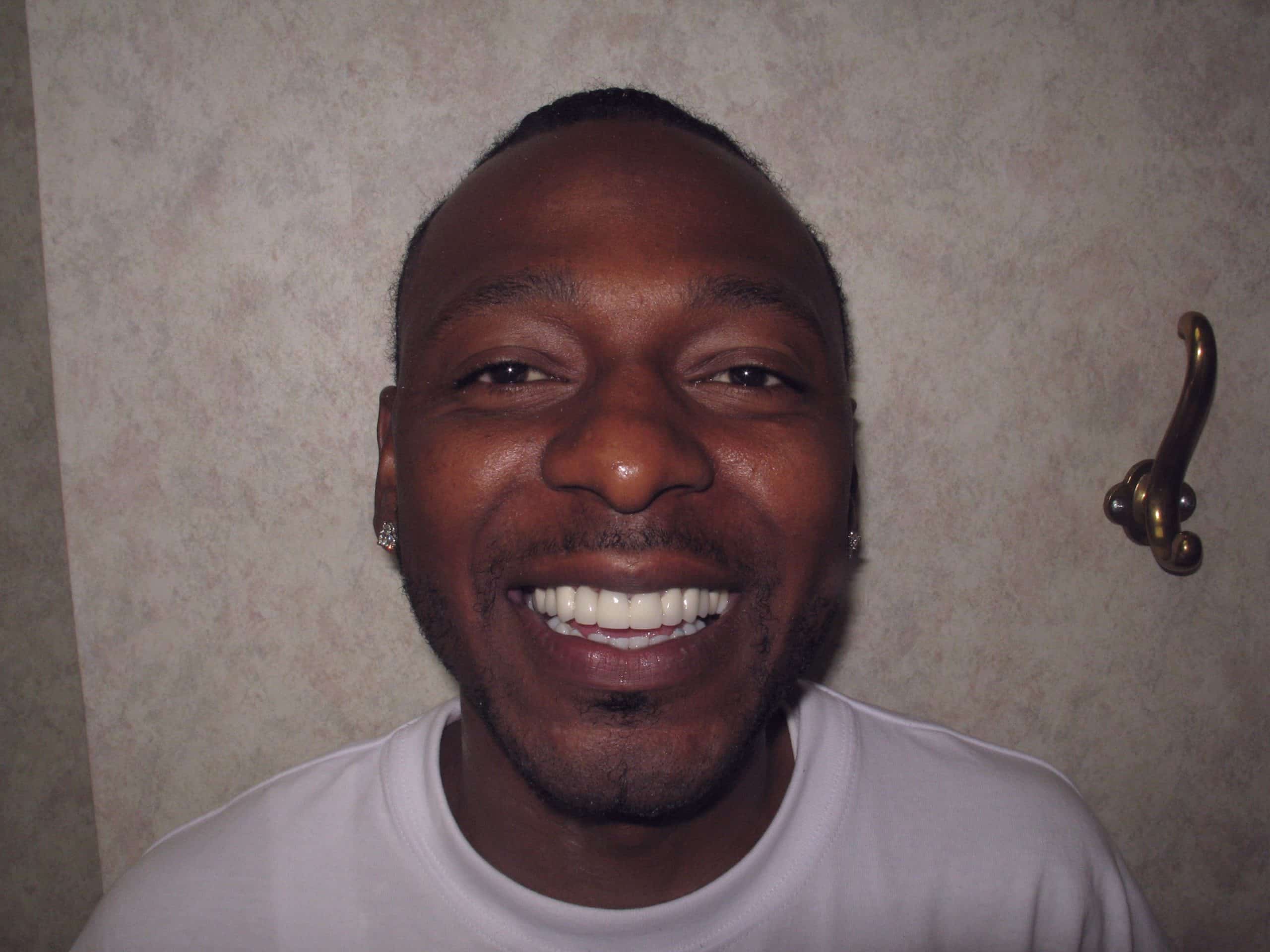Advancements of Dental Technology Through The Years: The 1990s
Dental technology saw significant advancements in the 1990s, revolutionizing the way oral health was approached and treated. These advancements have played a crucial role in modern dentistry, shaping the field into what it is today.
One of the most notable advancements was the widespread adoption of digital imaging technology. This allowed for more accurate and efficient diagnosis of dental issues, as well as improved treatment planning. Digital x-rays replaced traditional film-based x-rays, providing clearer images with lower radiation exposure for patients.
The 1990s also saw the development and refinement of dental lasers. Lasers became increasingly used for procedures such as cavity detection, gum disease treatment, and teeth whitening. Laser technology offered more precision and often reduced the need for anesthesia, leading to a more comfortable experience for patients.
Another significant advancement was the introduction of CAD/CAM (Computer-Aided Design/Computer-Aided Manufacturing) technology in dentistry. This allowed for the creation of dental restorations such as crowns, bridges, and veneers with unprecedented precision and speed. Traditional methods that relied on physical impressions and temporary restorations were gradually replaced by digital scanning and same-day restoration capabilities.
Furthermore, the 1990s brought about improvements in materials used for dental implants and prosthetics. These advancements led to more durable and natural-looking dental restorations, ultimately enhancing the long-term success of implants and prosthetic devices.
Overall, the 1990s were a transformative time for dental technology, paving the way for more precise diagnostics, minimally invasive treatments, and enhanced patient comfort. These innovations continue to influence modern dentistry, driving ongoing advancements in oral health care.
The information provided in this blog is intended for general informational purposes only and should not be construed as professional dental advice. Readers are advised to consult with a qualified dental professional or healthcare provider for personalized dental care recommendations, diagnosis, or treatment. The content of this blog does not replace, supersede, or constitute a professional relationship with a licensed dental practitioner. Any reliance upon the information presented in this blog is at the reader’s own risk. The author and publisher of this blog are not liable for any adverse outcomes or damages resulting from the application of information provided herein. Additionally, dental care practices and standards may vary by location, and readers are encouraged to seek guidance from local dental professionals for specific dental care needs and considerations.


